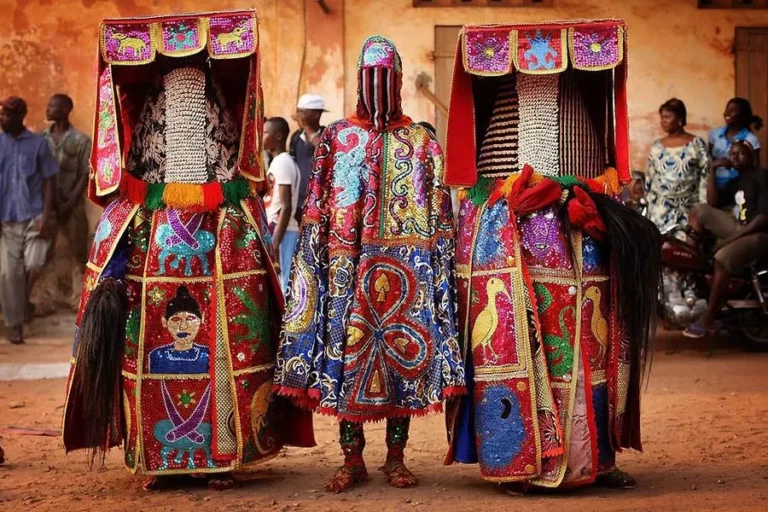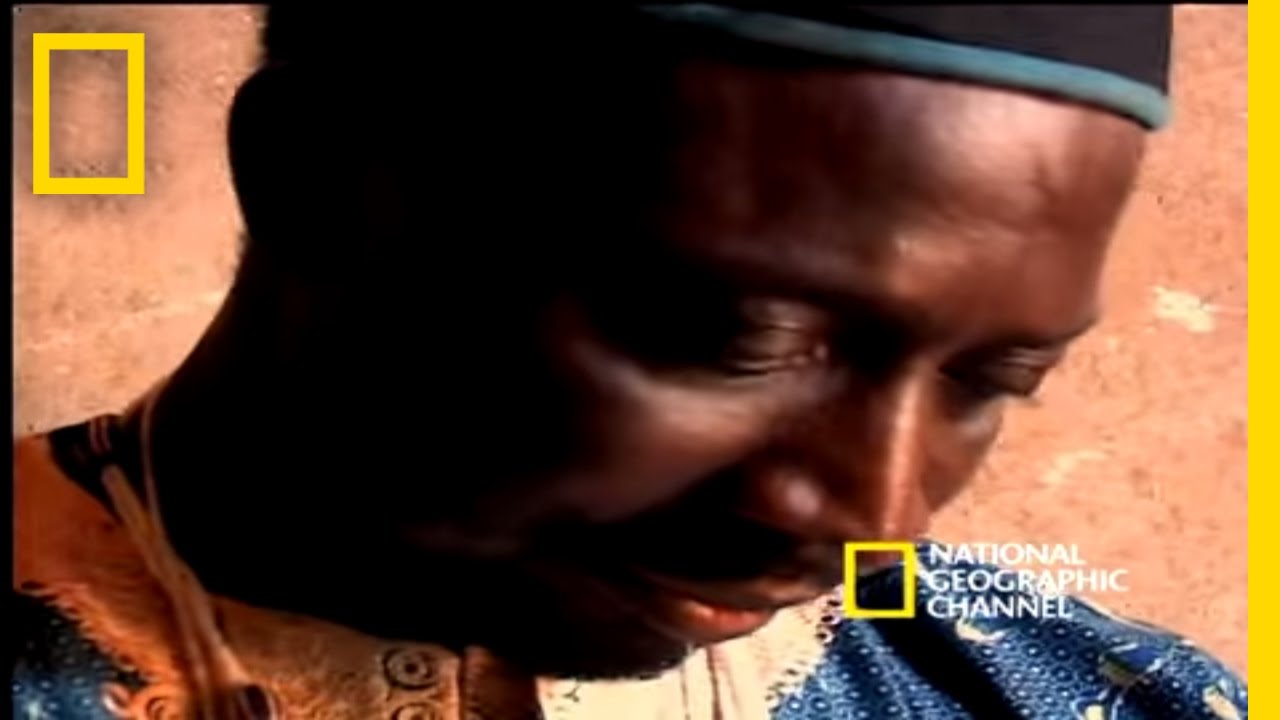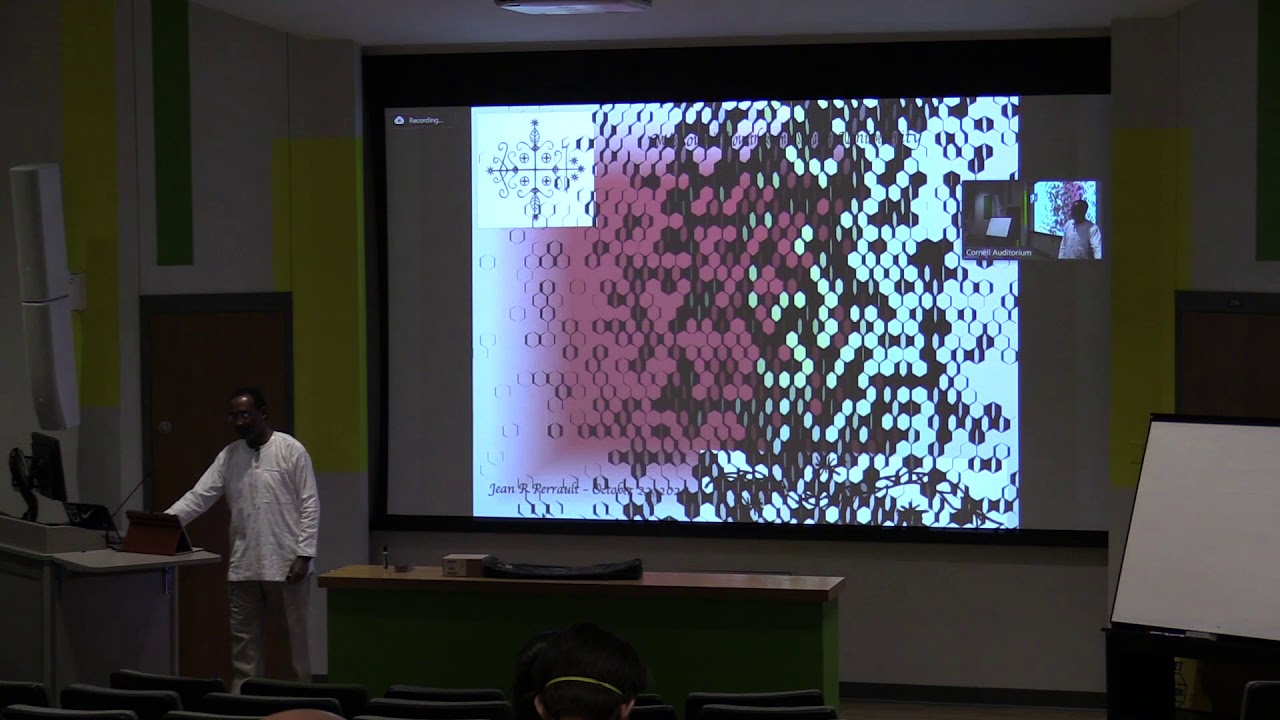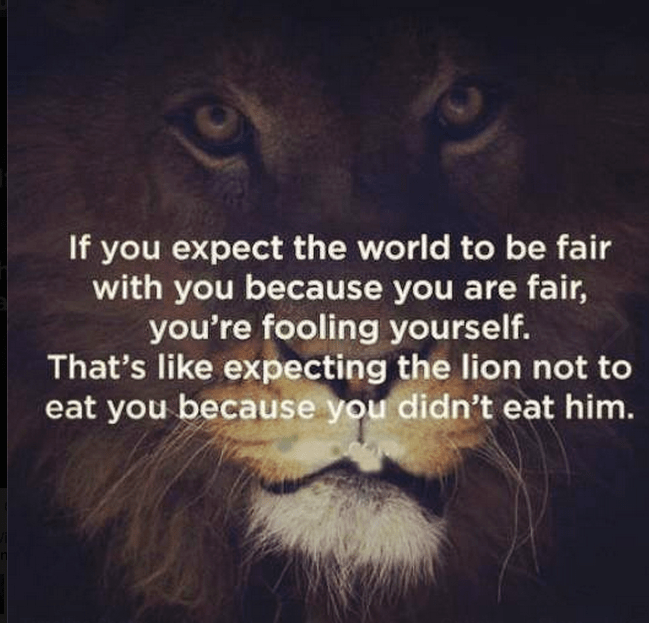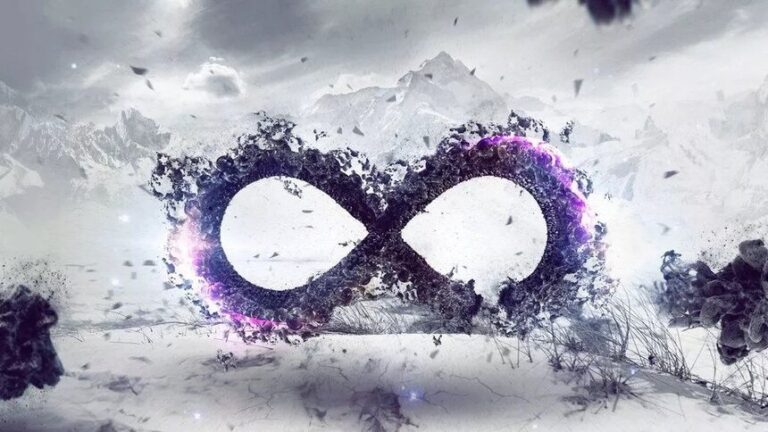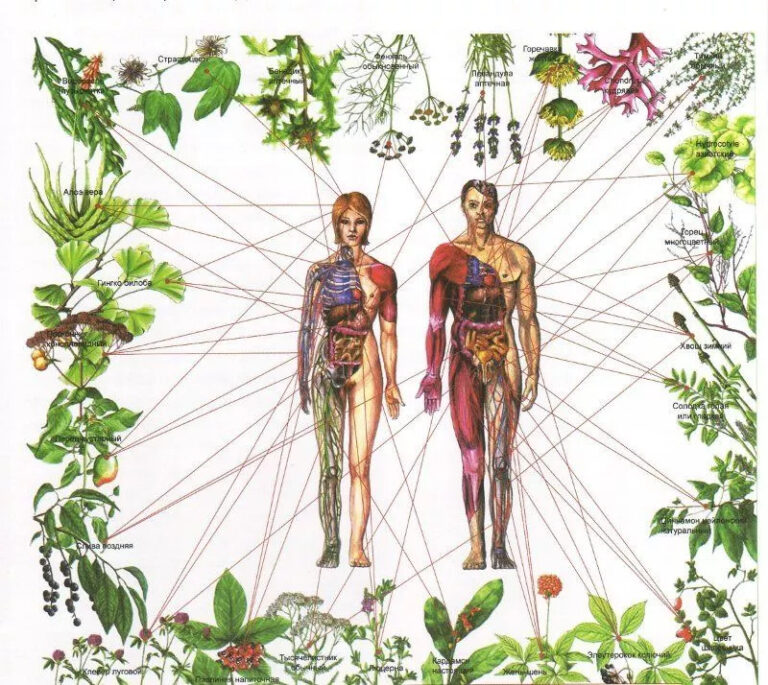
What do you think about Voodoo or Vodun as it is more accurately known? Many think of Voodoo as a cult that deals in black magic exclusively to cause evil – pinned dolls, curses, evil spirits, sorcerers etc. Lot of information portrayed in movies, TV shows, books in popular culture about Voodoo is inaccurate and sensationalised which has created series of fable tales in people’s mind.
Voodoo isn’t a morbid practice intended to hurt or control others, in fact it isn’t the same everywhere. Voodoo also spelled as vodun, vodoun or vudun is a traditional religion as old as 10,000 years that originated in coastal West Africa. The propagation of Voodoo as a religion or practice across the world is an interesting story, which also speaks volumes about the negative image associated with Voodoo, but before throwing light on that, let’s look into the core beliefs of Voodoo as a religion and culture.
Voodoo in Benin
Voodoo originates in Benin, West Africa where millions of people consider it to be the way of life. Followers of Voodoo believe in existence of a supreme force and “Voodoo” here stands for the ‘Great Spirit’. They believe that a good spirit is way more powerful than a bad spirit and so they seek guidance of the good spirit to live their lives. The phenomenon of calling the spirits for guidance and blessing is what they call “White or Good magic”.
It’s fascinating to know that even though they believe in animal sacrifice done to awaken the spirits, they still worship animals. Like the Python (snake) is considered holy and is worshiped in Benin. It’s believed that anyone who kills a python will eventually have a tragic death. Voodoo in Benin, is also about worshiping the elements of nature and the annual dance and culture festival promote peace and harmony.
The music involves rhythmic sounding loud drumbeats and the dance is largely an expression of one’s spiritual connection with the divine. Voodoo followers believe in energy and spirit and practically live their lives with good intention. These people are not involved in any kind of malpractices as perceived by the world at large and causing pain through Voodoo is against their morals.
While some practitioners certainly engage in the darker side of Voodoo, the religion itself is not dark. Instead, Voodoo is more like a neutral force running through the universe. Voodoo can be used for good or evil, depending on the heart, mind, and objective of the person corralling the Voodoo force.
African Slave Trade in Haiti

It is true that Voodoo is a religion in Haiti. However, there is an ugly history behind the enslavement of Voodoo followers from Benin to Haiti and rest of the places in America. From 16th to 19th century Benin was one of the major targets of the slave traders and people of Benin were brutally transported to America through a painful process. This phenomenon is known as Atlantic Slave Trade or transatlantic slave trade.
Voodoo in Haiti
People enslaved were significantly high in number and even though they were made to take rounds around a tree several times to forget their lives by traders, they managed to carry their culture to different places. They managed to root and propagate their cultural practices, and today Voodoo is one of the majorly followed religion of Haiti. The practices and rituals went through tremendous changes with time, but their core beliefs remain the same, that is to worship the good spirit and spread goodness.
Haitians believe in one powerful spirit and call it “Bondieu” and further divide Bondieu into three types of spirits; Loa are spirits which guide the universe, in addition to Loa, there are spirits that are not well understood and even somewhat mysterious; these spirits are sometimes referred to as the “twins,” because they represent the contradictory forces in nature, such as good and evil, happiness and sadness, health and illness and lastly are the spirits of the ancestors.
Haitians worship all these spirits in good faith hoping that it would do well to them. Haitian Voodoo is based on the idea of healing and exploring one’s connection with oneself, others and God.
Those who practice Voodoo believe that there is a visible and an invisible world, and that these worlds are intertwined. Death is a transition to the invisible world, so our predecessors are still with us in spirit. They watch over and inspire us.
Voodoo in New Orleans
Due to Atlantic slave trade and Haitian Revolution, Voodoo practitioners rooted in New Orleans underwent series of transformation. Over time, American culture became fascinated by this mysterious tradition and began to depict it in movies and books as sensationalized horror.
The film White Zombie (1932) changed the image of Voodoo worldwide as it brought the concept of pinned dolls which wasn’t traced in the original vodun religion. A series of movies created a mythology that we have taken as truth, portraying the concept of Voodoo as devil-worship, evil witchcraft and black magic. Tourists in New Orleans were attracted to the concept of dark energy and locals found a great business idea in that attraction.
They started amusing people with stories of Black magic and New Orleans soon had a market selling pinned dolls. It’s been said that Voodoo is essentially to spread goodness in mankind but at times people try to engage with dark energy.
However, Voodoo followers believe in the theory that whatever you do, will be done to you. Therefore, playing physically with energy and spirits to harm people is looked down upon by Voodoo practitioners.
Here is an interesting video showing similarities between different spiritual systems and Voodoo.
Article Sources
Image Sources

